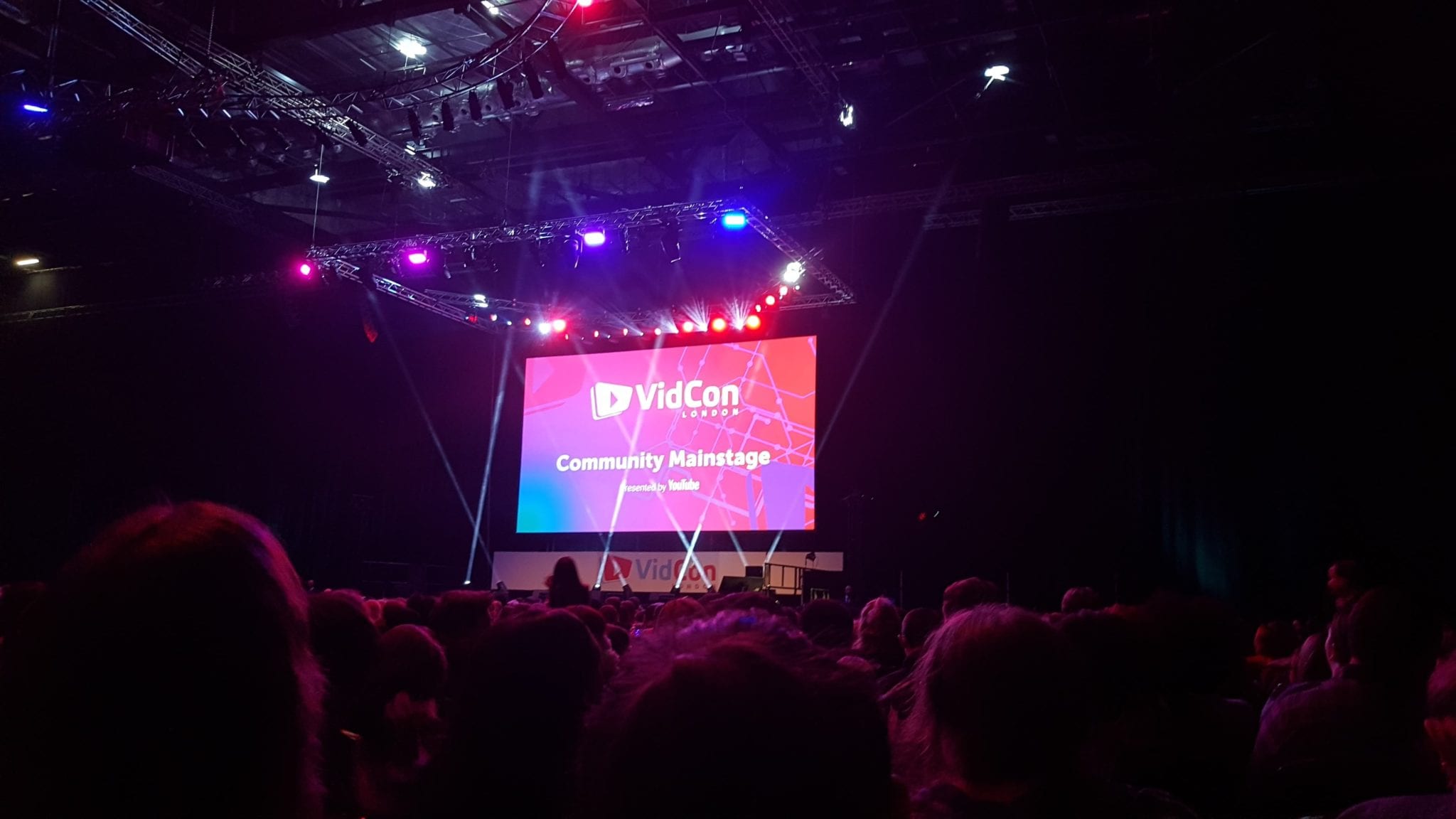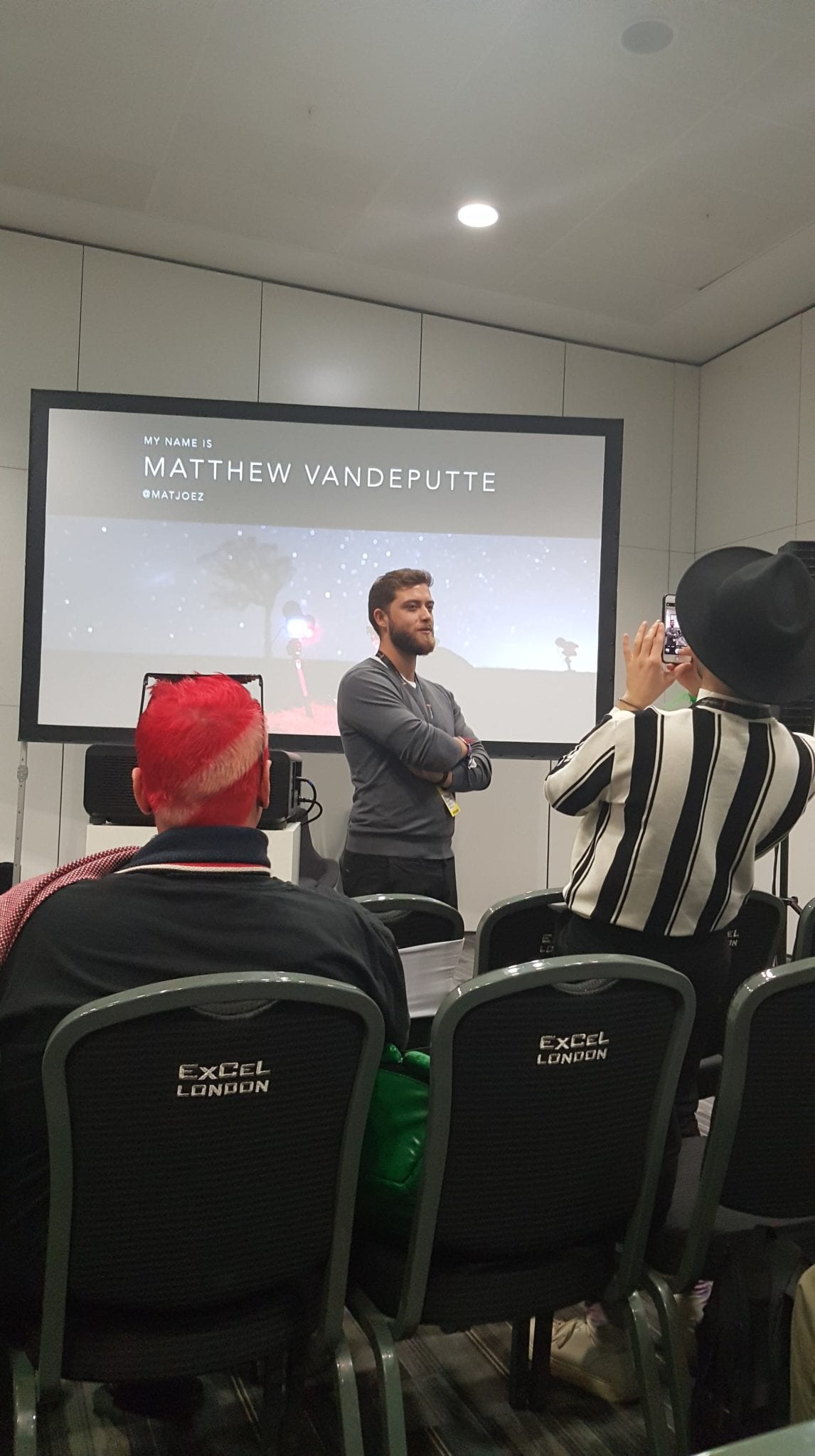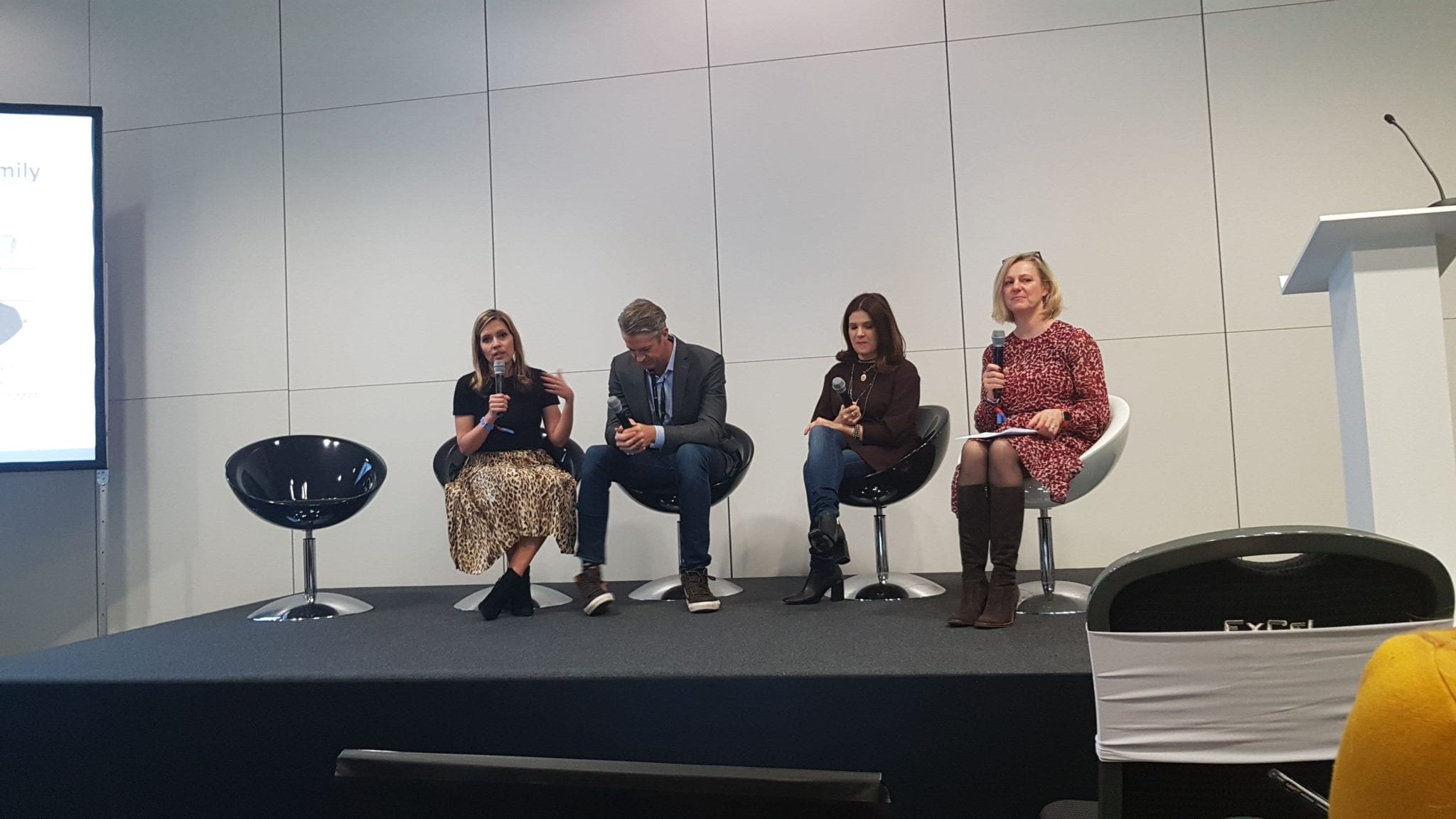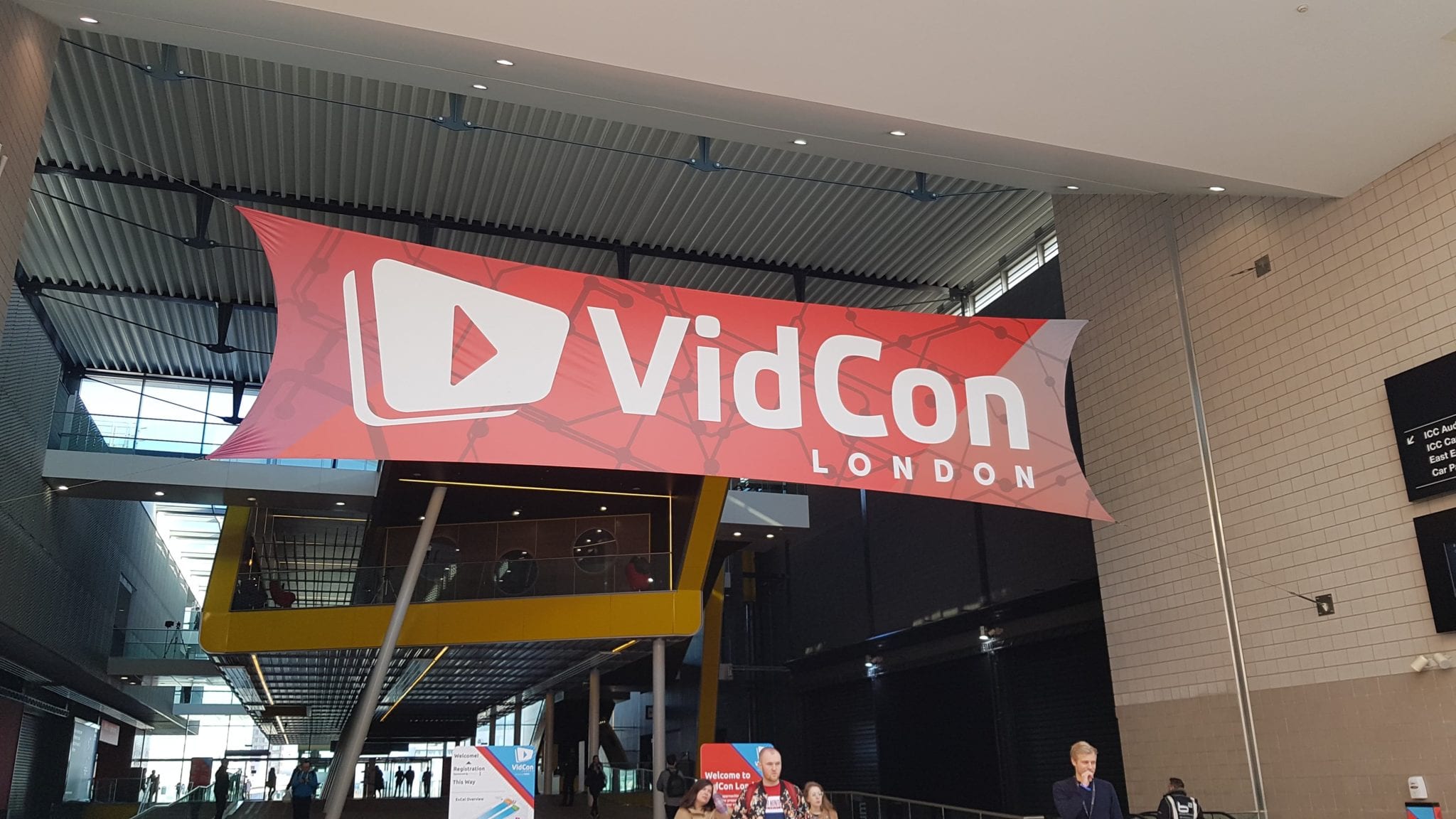The first ever VidCon London kicked off on Valentine’s Day to a sold-out Industry Track – pulling people from all over Europe and beyond. YouTube stars, like Joe Suggs and Casper Lee, as well as industry leaders, like Ann Wool, Ketchum’s chief integration officer, presented to rooms of professionals and creatives, each trying to grasp onto golden nuggets of information which would propel their social media strategy or their personal influencer career.

VidCon London was divided into three tracks:
Industry: This was aimed at professionals working in the industry for an agency, brand or as a freelancer. The talks were geared towards enabling professionals to build strategies, insights and alliances.
Creator: Aimed at anyone creating content and giving them tips and tricks to create better content, grow their channel, break into the industry and meet fellow creators.
Community: For the fans of the YouTube stars.
I attended the Industry track, but sneaked off to some of the creator workshops as well as, finding myself surrounded by screaming teenagers when YouTube comedians Jack and Dean took to the stage for the community track.
So without further ado, here are my five takeaways from VidCon London 2019:
1: Explore LinkedIn Live Video
LinkedIn was late to the video game, only enabling the function in 2017. However, video is one of its fastest growing formats on the platform. The early numbers are promising with 80% of users saying they can recall a video ad for 30 days. What’s more, last week LinkedIn enabled Live Video to a select user groups, so it would be worth getting ahead of the curve and planning how Live can be integrated into your digital strategy. In short, the opportunity is immense.
2: Think long-form
Long-form video seemed to be a recurring theme across multiple presentations: from Goldie Chan in relation to LinkedIn video to Hannah Rey from Vogue who uses multiple Instagram Stories to tell a longer behind the scenes story.
“Consumers will turn off from content which tries to stuff in a brand’s key messages in the first 30 seconds,” warned Casper Lee of YouTube fame and now the co-founder of influencer.com. “Less people will want to view it and the algorithm will recognise this and deliver it less.”

3: Digital is where home is for many influencers
Not only is digital a place to promote talent, it’s also a place to find talent and the lines between digital and traditional are increasingly blurring. Recently the BBC featured YouTube star Joe Suggs on Strictly Come Dancing and they continue to look to digital platforms to find talent and to create digital first shows.
Penn Holderness, of The Holderness Family YouTube channel, in his interview with Ketchum’s Ann Wool said: “We didn’t want to make our way back onto TV, there was a whole digital world where we could reach and interact with people.”
So, traditional media may not be the goal for many when digital platforms offer ownership and control over content.
4: Community building is essential
Brands need to do a better job of moving away from publishing to being engaging and harnessing the power of community.

Tracey Dodokin, Senior Director, Franchise Entertainment at Spin Master told Ann Wool: “Community management is a huge part of the process. We need to understand which stories are resonating with our audience.”
This sentiment was echoed by Hannah Rey of Vogue International when she described community as not just an audience, but shared actions: for example, mums who meet up for coffee or the local running club or who run a 5k every Saturday.
Knowing who your community are and harnessing their power can drive real impact. Jack Conte Co-Founded Patreon – a platform for creators; Patreon enables community to fund creatives to continue creating and create higher quality content. This in turn is putting the power back in the hands of the community and allows them to dictate who and which content resonates.

5: Sweat the small stuff
Making small changes to how you deliver your content can drive results. James Underwood from Vevo described a few simple changes they made to their videos, such as removing graphics and their artist intros, tweaks that ultimately resulted in higher retention rates. They also amended their thumbnails to make it clearer to users what the video was about. This simple change resulted in a 12% uplift in viewership.
The mega trend of video does not seem to be waning any time soon; Instagram reports 500 million Stories created daily, YouTube is continuing to grow across UK and Europe with a huge amount of UK content being consumed across the world and formats like Live are being introduced to traditional platforms. However, as the noise of content increases and cut through becomes even more difficult, there are opportunities. Create longer form content, use video on new or existing platforms and look to harness the power of community.



